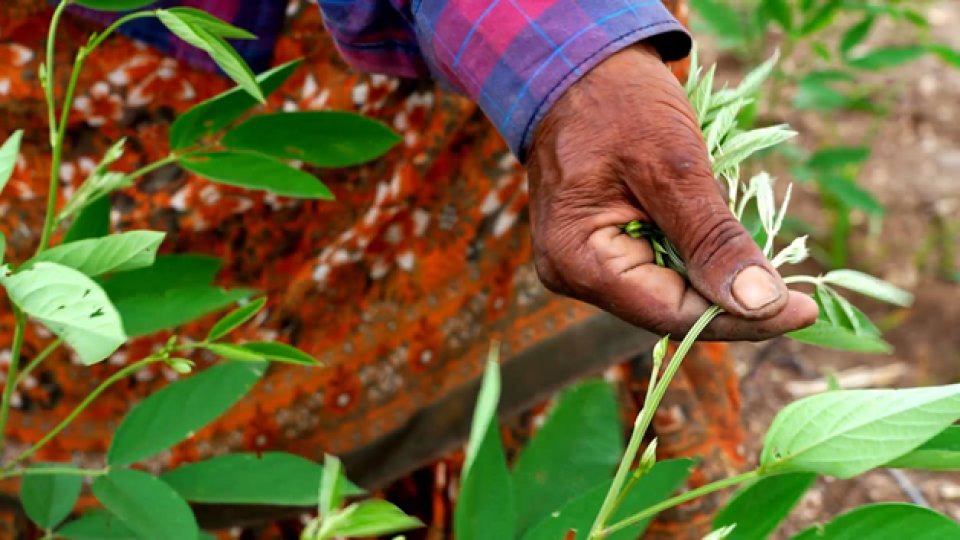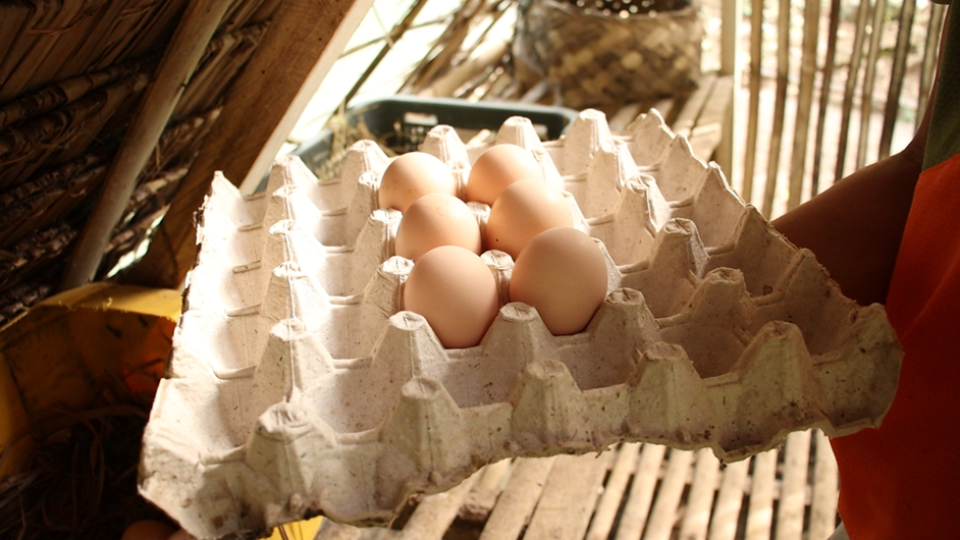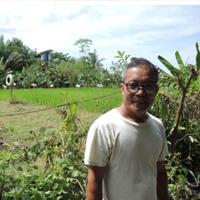
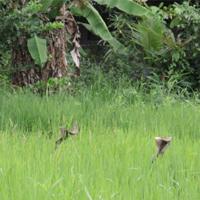
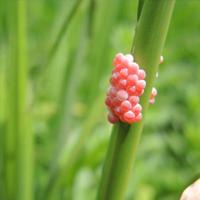
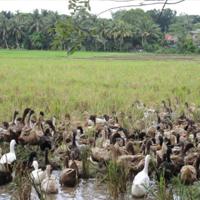
Soils that have many living organisms hold more carbon and nutrients and can better absorb and retain rainwater, all of which are crucial in these times of a disturbed climate.
But measuring life in soils can be a time-consuming activity depending on what one wants to measure. While bacteria and fungi cannot be seen by the naked eye, ants, grubs and earthworms can.
In one of the training videos that we filmed in Bolivia, Eliseo Mamani from the PROINPA Foundation, a science and technology organisation, shows us meticulously how you can measure the visible soil organisms with farmers. Using a standardised method to measure soil life is important if you want to evaluate how certain farming practices have an effect on the life of your soil.
One early morning, we pick up Ana Mamani and Rubén Chipana from their homes to take us to a field on the Altiplano that has been cultivated for various years and that has not received any organic fertiliser. The farmers of Chiarumani, Patacamaya, about 100 kilometres south of La Paz, have learned through collaborative research that there are more living things in some parts of the field, and fewer in other parts, so they take samples from three parts of the field.
With a spade they remove a block of soil 20 centimetres wide, 20 centimetres long and 20 centimetres deep. They carefully put all this soil in a white bag and close it tightly, so that the living things do not escape, because the earthworms and other living things move quickly.
We then drive to another place, where they collect three more samples from a field that has received organic fertiliser and where organic vegetables are grown. All samples are put in blue bags, all nicely labelled.
Under the shade of a tree, some more farmers have gathered to start counting the living organisms. One handful of soil at a time, they empty each bag on a plastic tray. As they come across a living creature, they carefully pick it out and report it to Eliseo who takes notes: how many earthworms, how many ants, how many termites, how many beetles, how many spiders and how many grubs.
After an hour, the results are added up and samples compared: there are many earthworms only in the soil from the field that received organic fertiliser. The farmers discuss the findings in group and conclude: If your soil has few living things, you can bring your soil to life by adding animal manure or compost, by leaving crop residues in the field, and not burning them. You can also improve soil life by ploughing less, as ploughing disturbs bacteria, fungi, and animals that add fertility to the soil.
After returning back home from our trip to Bolivia, I am still reflecting on the many things we have learned from farmers and the organisations who do basic, yet relevant research with them, when Marcella points to the fields in front of our office. In March, at the onset of spring, moles are most active. It is striking: the field to the left that hasn’t been ploughed or fertilised for several years has many mole hills. The field on the right is intensively managed and does not have a single mole hill.
Ploughing reduces organic matter, which is feed for earthworms. Herbicides and pesticides kill soil life, including earthworms. Also, liquid manure, which is used abundantly across Flanders and the Netherlands, can kill earthworms, especially when cows have received antibiotics and other drugs. Liquid manure may also contain heavy metals used for animal feed, such as zinc and copper.
Earthworms can be counted and used as soil health bioindicators. When done in collaborative research with farmer groups this helps farmers understand how certain farming practices affects the health of their soil and the long-term sustainability of their farm. However, if you don’t have time to go out with a spade to take soil samples, even above ground indicators such as mole hills can offer a quick alternative.
Related Access Agriculture videos

